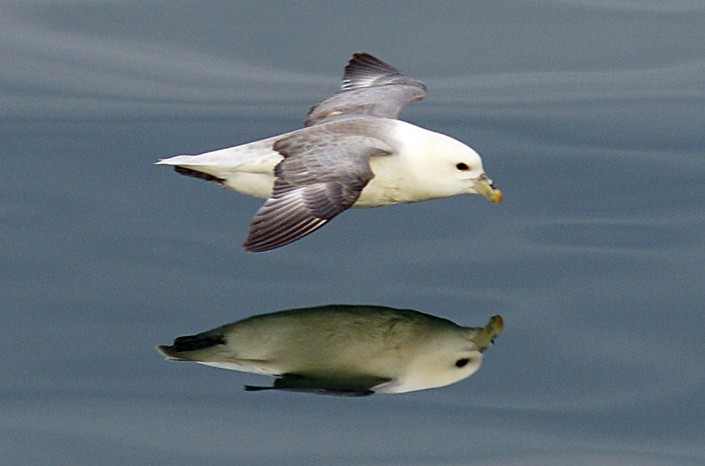Engineers study data to design aircraft that can imitate how birds fly

Image: Wikimedia Commons
By delving deeper into avian neurology and musculature, an international team that includes a Texas A&M research engineer hopes to create unprecedented efficiency and flight longevity in small aircraft and unmanned aerial vehicles.
Darren Hartl, a TEES research assistant professor in the Department of Aerospace Engineering, is working with team members to explore extensive data on avian biological systems. The goal is to design unmanned aircraft with wings that morph and change during flight, much like a bird.
Supported by a five-year, $6 million grant sponsored by the Air Force Office of Scientific Research, the project includes engineering researchers from the University of Michigan, Stanford University, and the University of California, Los Angeles. The team will work closely with bird biologists from the United Kingdom’s Royal Veterinary College, the University of British Columbia and Stanford to closely examine the complex systems birds use to alter their wings for flight control.
Research will officially start with a meeting in Ann Arbor, Mich., on May 13. Hartl’s research begins in the fall when he joins the Department of Aerospace Engineering as a tenure-track assistant professor.
His team at Texas A&M will include two graduate students and three undergraduate students. Hartl is building a dedicated space for the project, including a new experimental wind tunnel test section in the basement of the H.R. Bright Building on the Texas A&M campus. The test section will allow the team to test the muscular solutions with some kind of wing-type structures before integrating them with testing to be done at Michigan.
Research will delve into multiple aspects of bird flight: control, aerodynamics, structure and adaptive structures, looking at the muscular-skeletal structures and how bird wings move and adapt in flight.
Although previously studied morphing wings have been inspired by avian biology, the grant will be the first to examine the biological systems in such depth. Modern airplanes use drag-inducing flaps and slats for control, but birds manipulate individual feathers or clusters of feathers on their wings, adjusting them to create a fluidly morphing, reduced-drag surface suited to their needs. It has long been a goal to recreate such a flight system, and cutting-edge technology has been developed to examine these mechanisms of flight.
Hartl will start with ideas that are bio-inspired, including looking at novel energy circuits for active material actuation, much akin to the supply of energy via the bloodstream to the muscles in birds.
“We’re looking at supplying electrical energy to shape memory alloy muscles using liquid metals, and then using that same liquid metal to flow the waste heat away,” said Hartl. “We’ll start researching that concept as we await the quantitative data corresponding to observation of the birds.”

